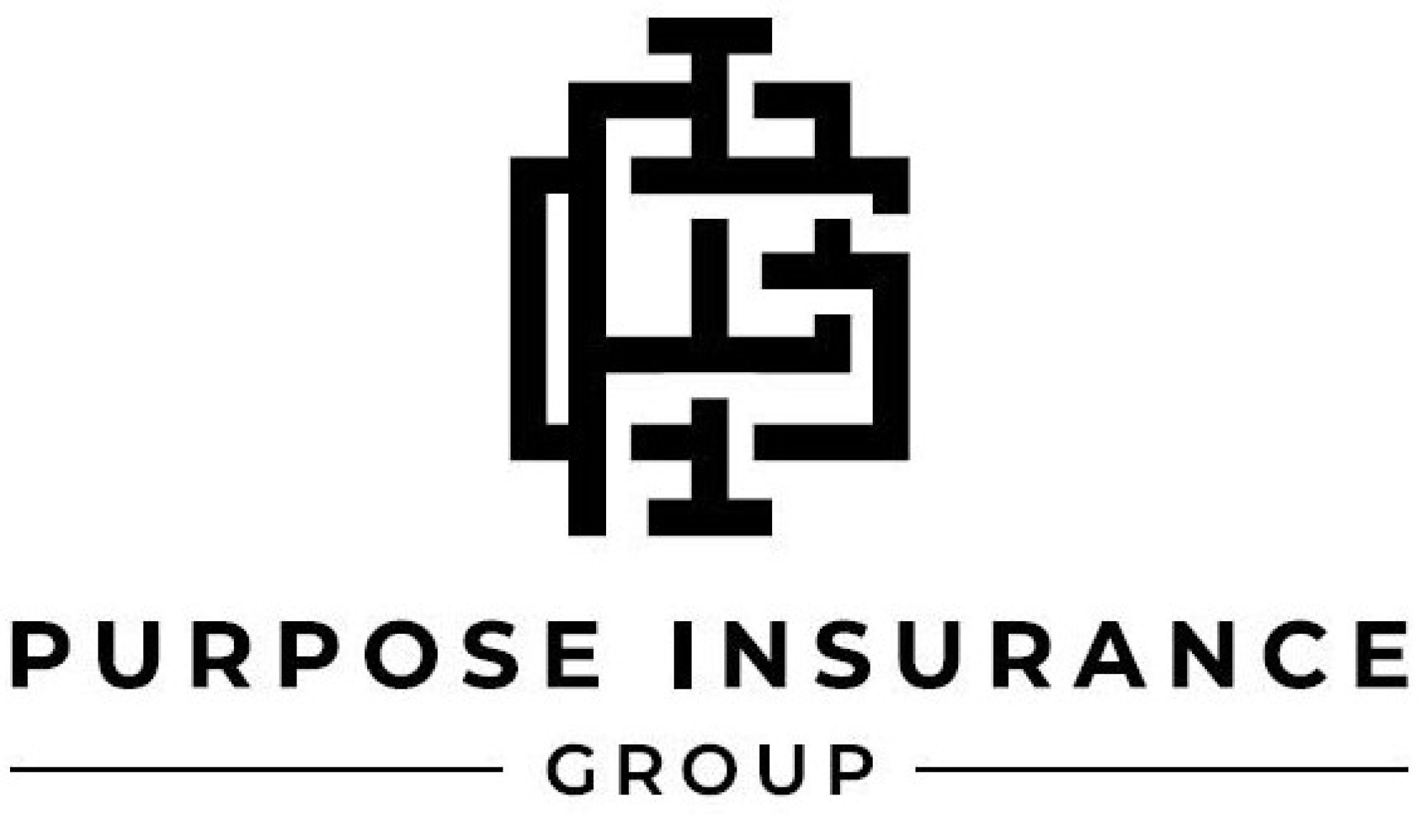The Facts About Pacific Prime Uncovered
Table of ContentsPacific Prime Can Be Fun For Anyone3 Simple Techniques For Pacific PrimePacific Prime Things To Know Before You Get ThisGetting The Pacific Prime To WorkThe Best Guide To Pacific Prime

This is because the data were accumulated for a period of solid financial performance. Of the approximated 42 million individuals who were without insurance, all but regarding 420,000 (concerning 1 percent) were under 65 years of age, the age at which most Americans end up being qualified for Medicare; 32 million were adults between ages 18 and 65, around 19 percent of all grownups in this age group; and 10 million were kids under 18 years old, about 13.9 percent of all kids (Mills, 2000).
These price quotes of the number of individuals without insurance are generated from the annual March Supplement to the Present Population Study (CPS), conducted by the Census Bureau. Unless or else kept in mind, nationwide price quotes of people without health and wellness insurance policy and proportions of the population with different type of insurance coverage are based upon the CPS, the most widely used source of quotes of insurance policy protection and uninsurance prices.
Fascination About Pacific Prime

Still, the CPS is specifically useful due to the fact that it produces annual quotes fairly quickly, reporting the previous year's insurance coverage approximates each September, and due to the fact that it is the basis for a regular collection of quotes for more than 20 years, permitting evaluation of patterns in protection over time. For these factors, along with the substantial use of the CPS in various other researches of insurance coverage that exist in this report, we count on CPS price quotes, with restrictions noted.

The price quote of the number of without insurance people increases when a population's Bonuses insurance standing is tracked for several years. Over a three-year duration beginning early in 1993, 72 million individuals, 29 percent of the united state population, lacked insurance coverage for at least one month. Within a single year (1994 ), 53 million individuals experienced a minimum of a month without coverage (Bennefield, 1998a)
6 out of every 10 uninsured grownups are themselves utilized. Working does boost the probability that one and one's family participants will have insurance policy, it is not an assurance. Even participants of families with 2 full-time breadwinner have almost a one-in-ten chance of being uninsured (9.1 percent without insurance price) (Hoffman and Pohl, 2000).
Pacific Prime for Dummies
New immigrants make up a considerable percentage of individuals without medical insurance. One evaluation has associated a considerable section of the recent growth in the size of the united state without insurance populace to immigrants who arrived in the country in between 1994 and 1998 (Camarota and Edwards, 2000). Current immigrants (those that came to the United States within the past four years) do have a high rate of being without insurance (46 percent), yet they and their children account for just 6 percent of those without insurance coverage country wide (Holahan et al., 2001).
The partnership in between medical insurance and access to care is well established, as documented later in this chapter. Although the relationship between medical insurance and health outcomes is neither direct neither basic, an extensive professional and health services research literature web links medical insurance coverage to improved access to care, far better top quality, and enhanced personal and population health and wellness condition.
Degrees of analysis for examining the impacts of uninsurance. It focuses especially on those without any type of wellness insurance policy for any kind of length of time.
A Biased View of Pacific Prime
The issues encountered by the underinsured are in some respects similar to those faced by the uninsured, although they are typically less serious. group insurance plans. Uninsurance and underinsurance, however, entail distinctly various plan concerns, and the approaches for resolving them might differ. Throughout this research study and the five reports to follow, the major emphasis gets on persons with no health insurance and thus no aid in spending for healthcare beyond what is available via charity and safety and security web organizations
Health and wellness insurance is an effective variable impacting invoice of care due to the fact that both people and doctors reply to the out-of-pocket rate of solutions - https://hub.docker.com/u/pacificpr1me. Health insurance, however, is neither necessary neither enough to get to clinical services. Nonetheless, the independent and direct result of medical insurance coverage on access to health solutions is well developed.
Others will get the health and wellness care they require even without medical insurance, by spending for it out of pocket or seeking it from companies that use care complimentary or at highly subsidized prices. For still others, health insurance policy alone does not guarantee invoice of care as a result of other nonfinancial obstacles, such as an absence of health and wellness treatment service providers in their area, limited accessibility to transportation, illiteracy, or linguistic and social differences.
Some Known Factual Statements About Pacific Prime
Formal research study concerning without insurance populations in the United States dates to the late 1920s and early 1930s when the Board on the Price of Medical Care generated a series of reports regarding financing doctor workplace visits and hospitalizations. This problem ended up being prominent as the varieties of clinically indigent climbed up throughout the Great Clinical depression.